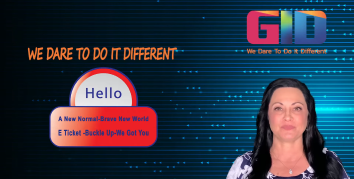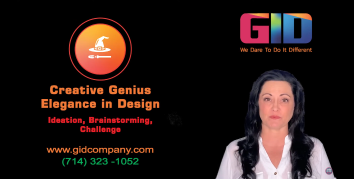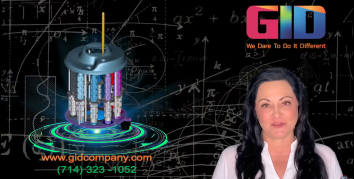Augmented Reality in Product Design: Transforming Development
Learn how augmented reality in product design is transforming the industry with cutting-edge technology and innovative applications. Augmented reality (AR) is a technology that overlays digital information onto the physical world, creating an enhanced and interactive experience.
AR has been making waves in the product development industry, as it offers many benefits and opportunities for innovation. At GID Company, we are at the forefront of using AR to create cutting-edge products that meet and exceed our customers’ expectations.
The Evolution of AR in Product Development
AR has come a long way since its inception as a concept in the 1960s. Over the years, AR has evolved from a niche technology to a mainstream phenomenon, thanks to the advances in hardware, software, and connectivity.
AR has become an integral part of the product development process, as it enables designers to create and test products more efficiently and effectively. AR allows designers to visualize and prototype products in a realistic and immersive manner, without the need for physical models or mock-ups.
AR also enables designers to collaborate and communicate with other stakeholders, such as engineers, managers, and customers, seamlessly and engagingly. AR helps designers to iterate and improve their products faster and easier, as they can make changes and modifications in real time.
The Impact of AR in Product Development
AR has a positive impact on product development, as it enhances the user experience and the design process. AR can improve the user experience by allowing customers to interact with products virtually, before they buy them.
This can increase customer satisfaction, loyalty, and retention, as customers can customize and personalize their products according to their preferences and needs. Augmented Reality in product design significantly enhances the design process by streamlining workflows and minimizing costs and risks.
By leveraging augmented reality in product design, designers can save time and resources, as it eliminates the need for costly and time-consuming physical prototypes and mock-ups. Additionally, augmented reality in product design helps reduce errors and mistakes, allowing for more accurate and precise verification of products throughout the design process.
Read Also: Product Design and 4 Most Important Questions
The Future of AR in Product Development
AR has a bright future in product development, as it offers endless possibilities for innovation and creativity. AR is constantly evolving and improving, thanks to the emergence of new technologies and trends. Some future trends and innovations in AR include:
- AR wearables, such as glasses, headsets, and contact lenses, can provide a more comfortable and convenient way to access and use AR applications.
- Spatial computing, which is the integration of AR with artificial intelligence (AI), machine learning (ML), and the Internet of Things (IoT), can create more intelligent and interactive AR environments and experiences.
- Haptic feedback, which is the use of vibrations, sounds, and other sensations to simulate the touch and feel of virtual objects and environments, can enhance the realism and immersion of AR.
However, AR also faces some challenges and limitations that need to be addressed and overcome. Some challenges and limitations include:
- Ethical and social issues, such as privacy, security, and responsibility, can arise from the use and misuse of AR, especially when it involves personal and sensitive data and information.
- Technical and practical issues, such as compatibility, accessibility, and usability, can affect the performance and quality of AR, especially when it involves different devices, platforms, and networks.
- User and market issues, such as awareness, adoption, and retention, can influence the demand and popularity of AR.
At GID Company, we recognize the challenges and limitations of augmented reality in product design and are dedicated to addressing and overcoming these hurdles. We are also enthusiastic about future trends and innovations in augmented reality in product design, eagerly embracing and implementing these advancements.
We believe that augmented reality in product design holds transformative potential, enabling us to create remarkable products that truly delight our customers.

















